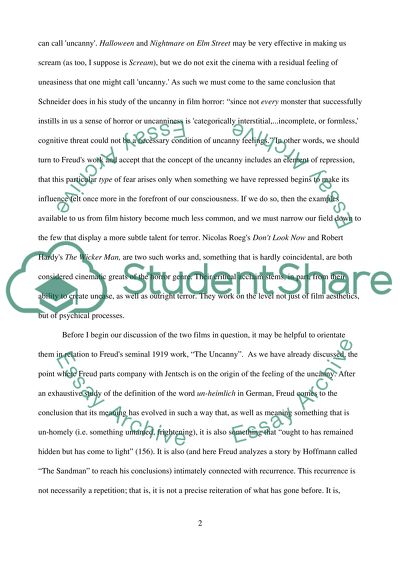Cite this document
(“Consider theoretical interpretations of the 'uncanny' in relation to Movie Review”, n.d.)
Retrieved from https://studentshare.org/performing-arts/1530589-consider-theoretical-interpretations-of-the-uncanny-in-relation-to-the-british-film-the-wicker-man-andor-dont-look-now
Retrieved from https://studentshare.org/performing-arts/1530589-consider-theoretical-interpretations-of-the-uncanny-in-relation-to-the-british-film-the-wicker-man-andor-dont-look-now
(Consider Theoretical Interpretations of the 'uncanny' In Relation to Movie Review)
https://studentshare.org/performing-arts/1530589-consider-theoretical-interpretations-of-the-uncanny-in-relation-to-the-british-film-the-wicker-man-andor-dont-look-now.
https://studentshare.org/performing-arts/1530589-consider-theoretical-interpretations-of-the-uncanny-in-relation-to-the-british-film-the-wicker-man-andor-dont-look-now.
“Consider Theoretical Interpretations of the 'uncanny' In Relation to Movie Review”, n.d. https://studentshare.org/performing-arts/1530589-consider-theoretical-interpretations-of-the-uncanny-in-relation-to-the-british-film-the-wicker-man-andor-dont-look-now.


